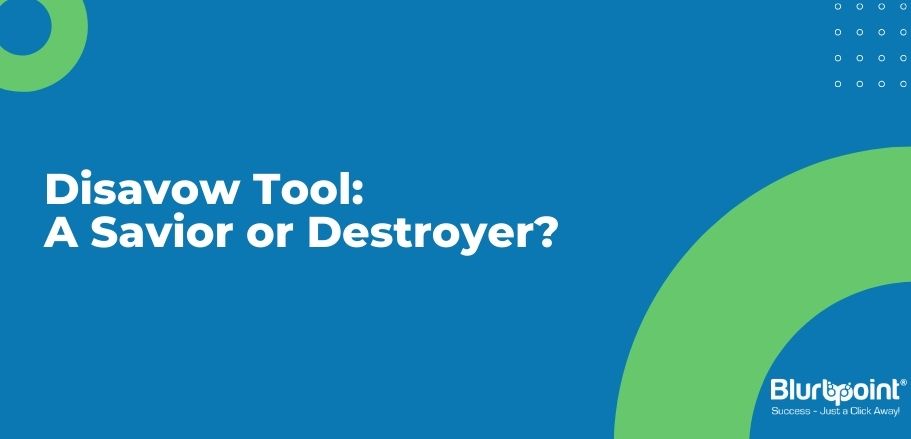GET A FREE CONSULTATION



Posted by Vivek Parikh
August 14, 2013
More attention is being paid to a sites’ link profile, after the release of Penguin 2.0. There are several ways to get the audit of your links, rebuild them or simply find the odd one out. However, if all the trials go in vain, you always have the disavow tool at your service – and when it comes to selecting the best one, I believe the Google Disavow tool is the one you could bank upon.
Just as with anything on the planet, even the Google disavow tool has many tales built around it. So, here is what you need to know about the Google disavow tool and what you need to do and what not to help your site’s rankings.
Google rolled out its disavow tool last year. The purpose is clear: it helps in detecting some nasty websites in your link profile and avoid them. You are able to submit a list of all those websites which you would like to be excluded from Google’s spiders’ crawling. It will not remove the links, however, it will let Google know that the mentioned links are to be ignored when it comes to search engine ranking.
Having said this, it is vital to know that this tool is not a permanent cure. It will not certainly remove the links from the websites. If you are looking to permanently remove all those links, you need to contact the webmaster of that site and request them to do so. Google’s search spam head, Matt Cutts, himself says that it is strongly recommended to have the bad links removed and, lastly, resort to the disavow tool for all those sites whom you are not able to convince to remove the links.
With the growing popularity of the disavow tool from Google, a number of stories and rumours have begun to fly. Let’s see what these cooked up stories and see if it is a saviour or destroyer.
I believe that this belief has been generated out of Google’s statement that the disavow tool should be used with caution, as it may harm your website if used incorrectly.
What we need to pay attention to is the words, “if used incorrectly”. It is unavoidable to follow the measures given by Google. Conduct a site audit with a number of tools available. It is vital to know which links are bad and good for your site, whether the bad links could be removed by requesting the website owners or webmasters if there are some links that require further examination and many other factors before coming up to the disavow tool.
Proper use of the disavow tool will not let this happen. And how do you use it properly? As said earlier, just make sure that you contact all those sites where the unnatural links or bad links appear and request each one of them to have the links removed. In all his articles and interviews, Matt Cutts has repeatedly mentioned that a serious effort to remove the bad links is required before using the disavow tool.
If you still feel that you could be labelled as a spammer, here is something to know. The search engine takes action only when some manual review is triggered or some internal threshold is reached for all those disavowed links and sites. It may take weeks and months. So, you are unlikely to be proved as a spammer immediately when you mention the links or sites to be disavowed.
Let’s suppose that a website, very poor in quality, which is selling all those nasty things has a link to your website. And this website is reported by numerous people in the Google disavow tool, resulting in your website being harmed by the next Penguin update. Yes, that’s right. Google is walking the extra mile and penalizing not only the spam site but those sites as well which are linking to it.
The major thing to do here is to protect your website from a nasty scenario like this one. This happens because you haven’t taken proper measures to protect your website.
The crowdsourced spam reporting is not at all bad for search engines. How could it be, when all the Panda and Penguin algorithm updates are meant only to improve the user experience. Check out the health plan for your website, by conducting regular site and security audits. Remember, damage control is far more stressful than the precautions taken beforehand.
So, I hope that this makes clear that the disavow tool is neither a saviour nor a destroyer. It is in fact a simple tool that could be used only when all the other ways of removing bad links don’t work. Having said that, it is recommended to use this tool smartly to save your website from the reach of the harsh Penguin update.
Image courtesy: Midphase.com